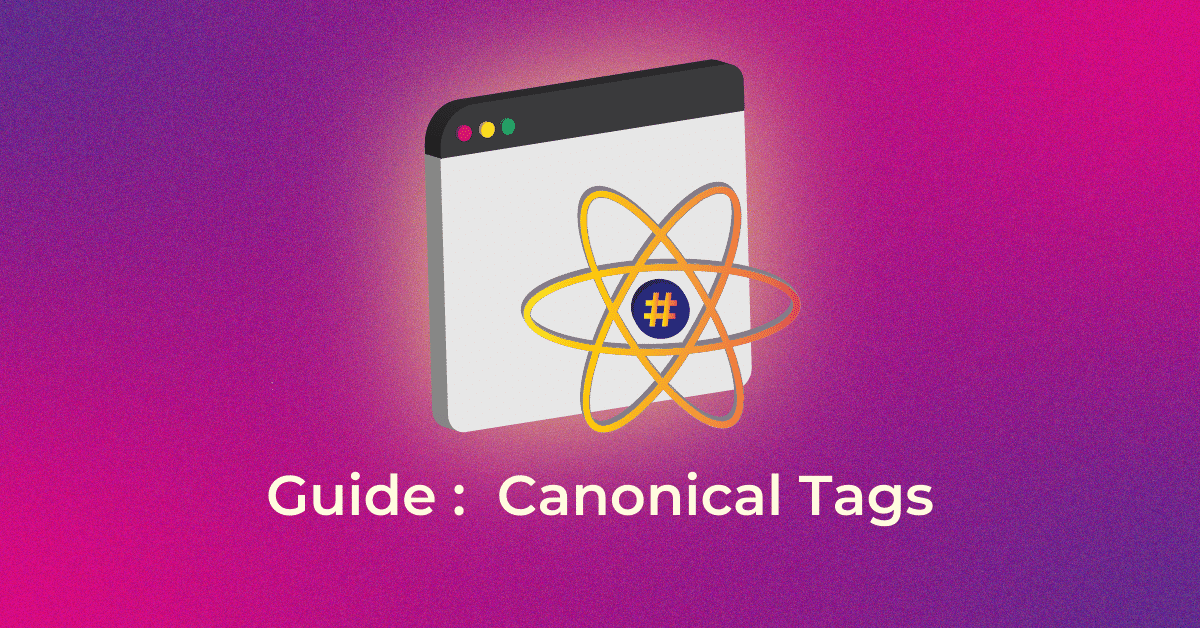Introduction
Duplicate content can be a major concern for website owners and SEO professionals. It can negatively impact search engine rankings and dilute the visibility of your content. One effective way to address this issue is by using canonical tags. In this blog post, we will explore what canonical tags are and provide you with some best practices for implementing them to avoid duplicate content issues.
What are Canonical Tags?
Canonical tags are HTML elements that help search engines identify the preferred version of a webpage when there are multiple versions of similar content available. These tags inform search engines that a particular URL should be treated as the primary or canonical version, while other versions should be considered duplicates or alternative URLs.
By using canonical tags
you can consolidate the ranking signals for similar content and ensure that search engines attribute the value and relevance to the preferred version, rather than spreading it across duplicate pages. This helps prevent duplicate content issues and improves the overall SEO performance of your website.
Best Practices for Implementing Canonical Tags
Identify Duplicate Content
The first step is to identify any instances of duplicate content on your website. This could include identical or substantially similar content on different URLs, such as different product variations or URL parameters generating multiple versions of the same page.
Choose the Preferred Version
Determine the preferred version of the content that you want search engines to index and rank. Factors to consider when selecting the canonical URL include relevancy, user experience, and the URL’s performance in search results.
Implement the Canonical Tag
Once you have identified the preferred version, add the canonical tag to the head section of all other versions of that content. The canonical tag should point to the preferred version’s URL, indicating that it is the canonical or original source.
Use Absolute URLs
When specifying the canonical URL in the tag, always use absolute URLs rather than relative ones. Absolute URLs provide a clear and unambiguous reference to the preferred version, helping search engines understand the relationship between the duplicate pages.
Consistency in Internal Linking
Ensure that all internal links within your website point to the preferred version. This reinforces the canonical signal and helps search engines crawl and index the correct URL. Consistent internal linking also enhances the user experience by avoiding confusion and broken links.
Redirect Duplicate Versions
In addition to using canonical tags, it is recommended to set up proper redirects (301 redirects) from duplicate URLs to the canonical URL. This sends a strong signal to search engines that the preferred version should be indexed and displayed in search results.
Monitor and Update
Regularly monitor your website for any new instances of duplicate content and update your canonical tags accordingly. As your website evolves and new content is added, it’s important to stay vigilant and ensure the canonical tags are correctly implemented.
Benefits of Canonical Tags
Improved Search Engine Rankings
By consolidating the ranking signals, canonical tags help search engines understand the preferred version of your content, boosting its visibility and potential rankings.
Enhanced User Experience
Canonical tags ensure that users are directed to the most relevant and valuable version of your content, reducing confusion and improving their overall experience.
Avoidance of Penalties
Search engines may penalize websites with excessive duplicate content. By implementing canonical tags, you reduce the risk of being penalized for duplicate content issues.
Conclusion
Canonical tags are an essential tool in the SEO arsenal for addressing duplicate content issues. By following the best practices outlined in this blog post, you can effectively communicate your preferred version of content to search engines, improve your website’s SEO performance, and provide a better user experience. Implementing canonical tags requires careful analysis and ongoing monitoring, but the long-term benefits are well worth the effort.







